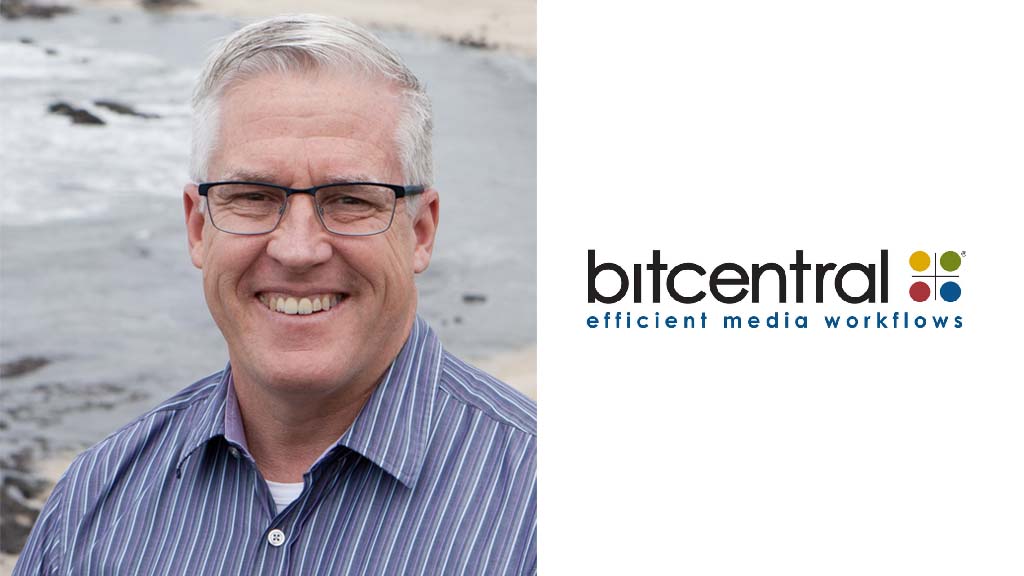SBE Opposes 'Trucker TV'
I've covered Clarity Broadcasting LLC's plans for a new service I termed "Trucker TV" in previous editions of RF Report. Clarity Broadcasting has proposed using TV broadcast auxiliary frequencies in the 2 GHz band to send multiple channels of TV programming to trucks and RVs at truck stops across the country. The transmitters would operate with an EIRP of 39.3 dBmW per 12-MHz per 2 GHz channel. SBE recently filed an informal opposition to the Clarity Broadcasting applications. Although the FCC dismissed Clarity's applications until testing was completed, the dismissal was "without prejudice," meaning that Clarity can resubmit its applications.
SBE argued that the three Clarity applications "really constitute a petition for rulemaking for a new 'Trucker TV' wireless cable radio service, and must be treated as such." While Clarity requested a waiver of the eligibility requirements under FCC Community Antenna Relay Service (CARS) rules Part 78.13, SBE noted that Clarity is not a cable television operator, a cable network entity, or the licensee of a Broadband Radio Service (BRS) station and thus should not be granted a waiver of the eligibility requirement. SBE also opposed Clarity's requests for waivers of Section 78.18, which restricts CARS stations in the 2025-2110 MHz band to mobile operation; Section 78.36(c), which outlines frequency coordination requirements; Section 78.11(e), which SBE pointed out "limits CARS Pickup stations to transmitting programming material and related communications necessary to the accomplishment of such transmission from scenes of events occurring in places other than a cable television studio or the studio of another eligible cable system, to the studio, headend, or transmitter of its associated cable television systems or other eligible system...," and Section 78.103(e), which limits a 2 GHz CARS station to a maximum bandwidth of 18 MHz (soon to be 12 MHz), not the 84 MHz Clarity requested.
SBE noted that Clarity's system is not the only way truckers can receive TV programming. While Clarity asserted that DBS dishes were impractical on trucks, the SBE opposition includes ads showing that there are many DBS systems that can be mounted on trucks and on recreational vehicles. SBE also said the BRS/EBS band could be used for the service Clarity proposes. Clarity asserted that this Part 27 spectrum is too costly. SBE said Clarity could lease spectrum in the 2.6 GHz band from educational or non-profit institutions or file for licenses under the Broadband Radio Service (BRS) that does not limit licensees to educational or non-profit institutions.
The proposed Clarity transmitter at Frazier Park failed to consider ENG receive-only sites on Frazier Mountain and other locations than can see the transmitters. Clarity did not consider interference to ENG relay or repeater trucks. SBE said, "if any ENG crew were to visit a truck plaza where Trucker TV was in operation, because of a news event at the truck plaza, and was to cause a shut down of the system, irate truckers might create their own 'news event' when they discover the source of the interference." SBE continues, "Equally dubious is Clarity's claims that it would shut down a Trucker TV station in the event of interference to TV B AS operations." SBE notes that it is not practical for broadcasters to install spectrum analyzers in all ENG platforms and train ENG crews to use it. Even if the interference could be identified as coming from a particular truck stop, the broadcaster would have to locate someone with authority to shut down the transmitter and convince him or her that the transmitter was the source of interference.
SBE mentioned that NASA expressed concern about "potentially very serious RFI issues" from Clarity's Trucker TV.
SBE questioned the power levels Clarity used in tests conducted outside Los Angeles at Frazier Park and in Utah. SBE/broadcaster representatives at the Frazier Park tests were not allowed to see the transmitter or take power measurements. In the Utah tests, verbal reports indicated the actual transmitter output power per channel was just 50 mW, resulting in an EIRP of approximately 29.0 dBm, 13.1 dB less than the power authorized by the WD2XPK experimental license. SBE asked the FCC to give SBE the right "to make power measurements and observe the make and model of the transmitter being used, the length and type of transmission line, the make and model of the transmitting antenna and the value of any in-line attenuators pads that might be in use." Otherwise, SBE said, "the tests are not valid, and of no benefit to SBE or to the Commission. "
For a more detailed technical analysis, of Clarity's application and additional information on the topics covered here, refer to the SBE informal opposition. While these applications have been dismissed, it is likely once testing under the experimental license is complete they will be refiled.
The professional video industry's #1 source for news, trends and product and tech information. Sign up below.
